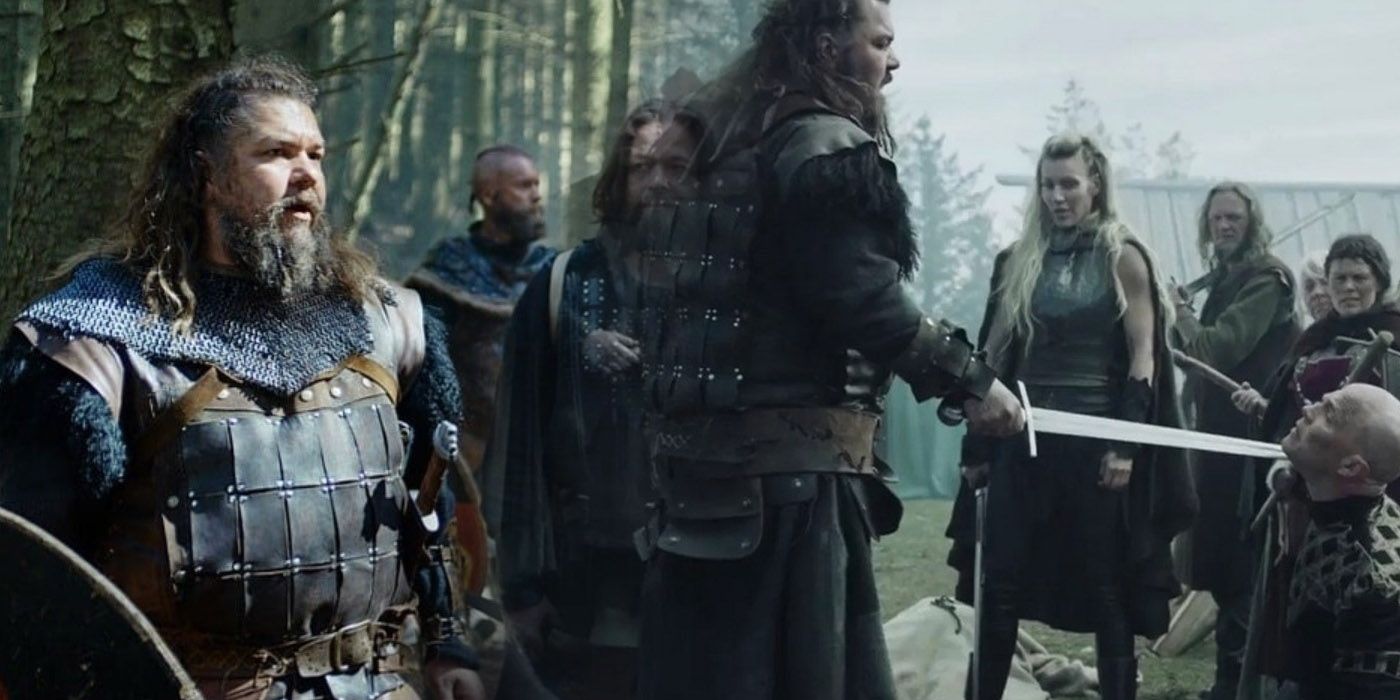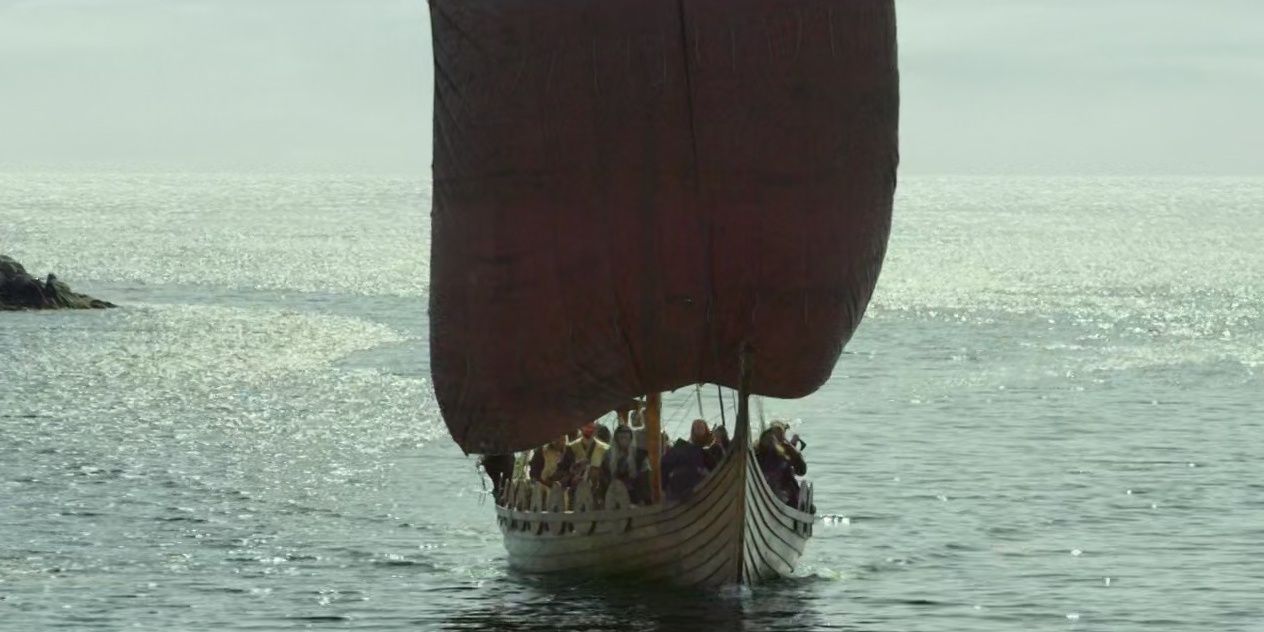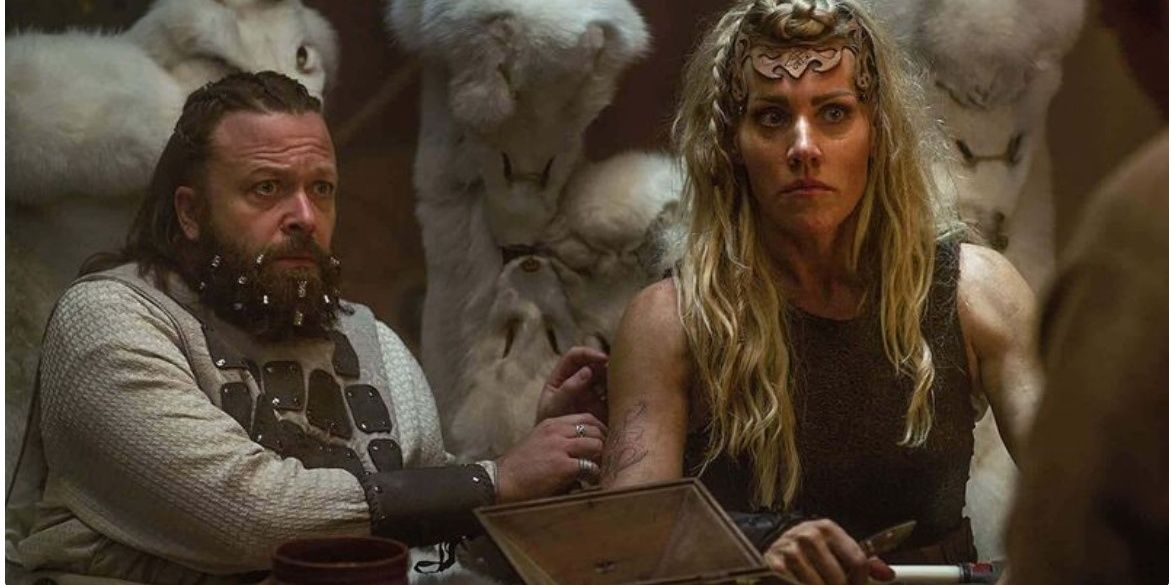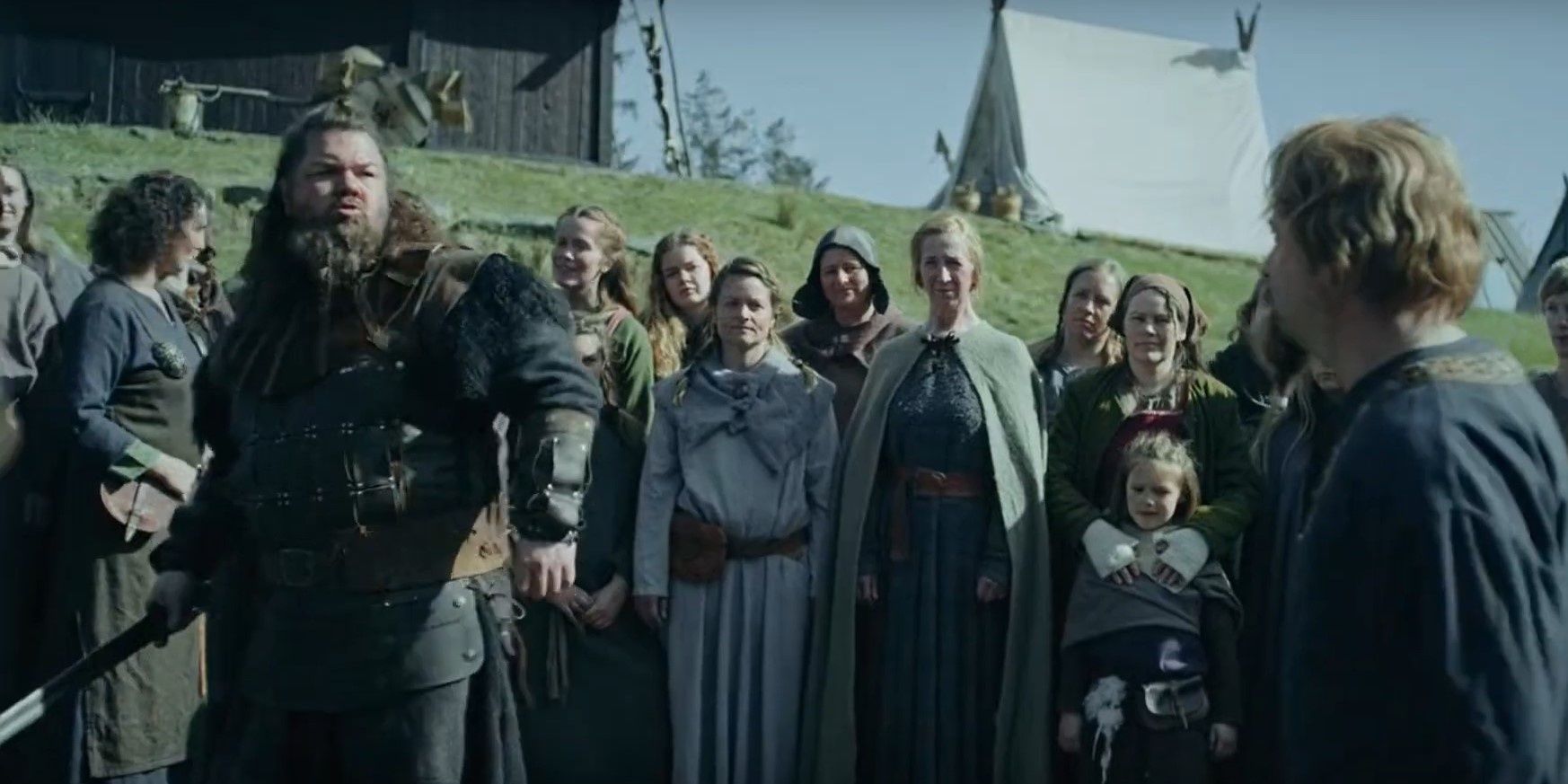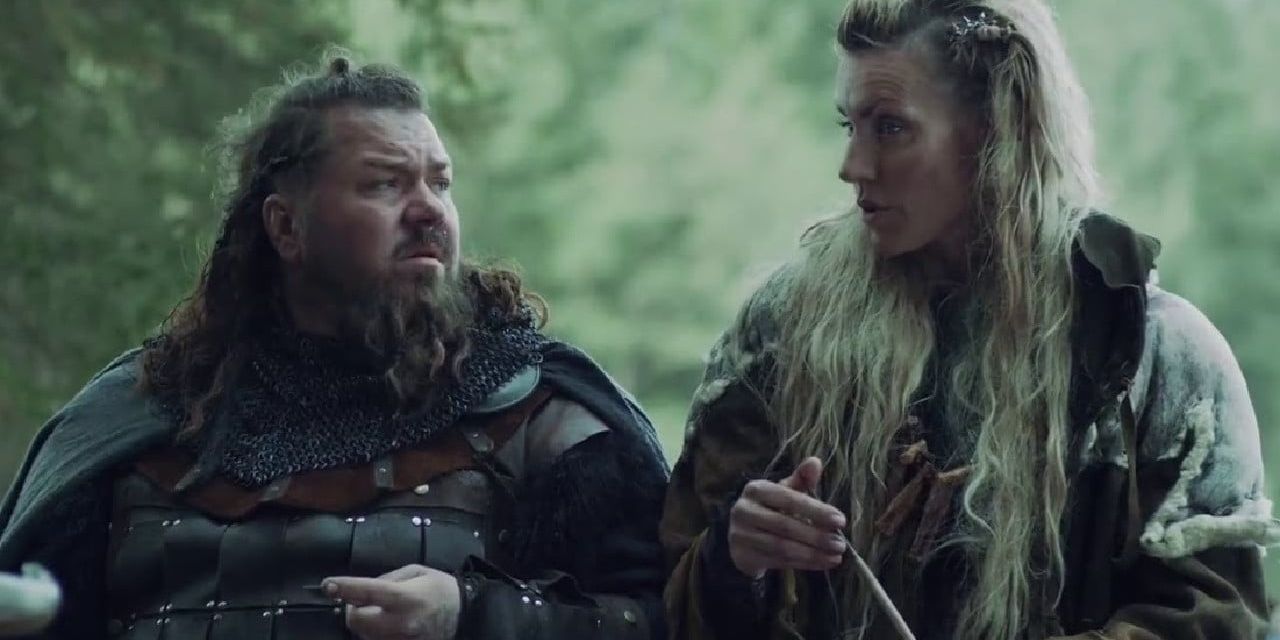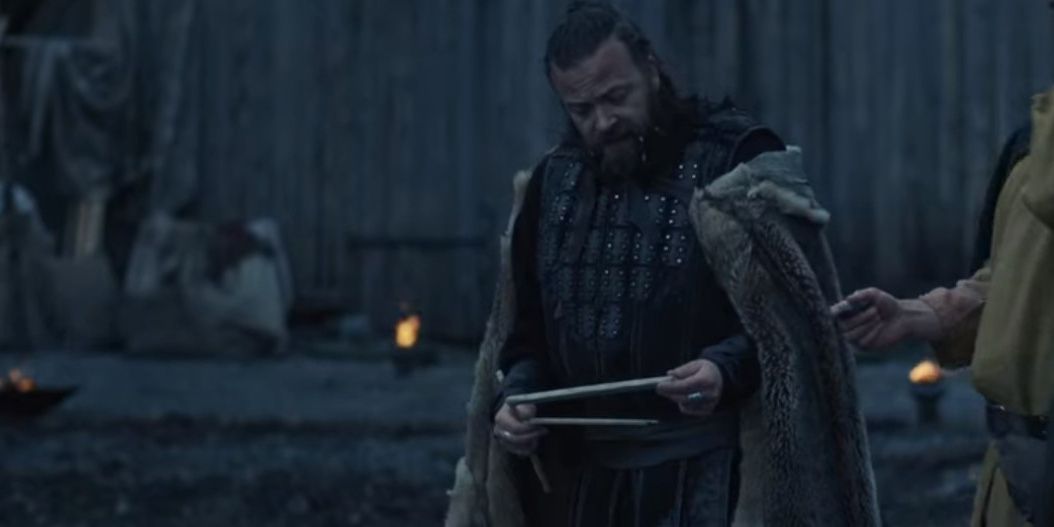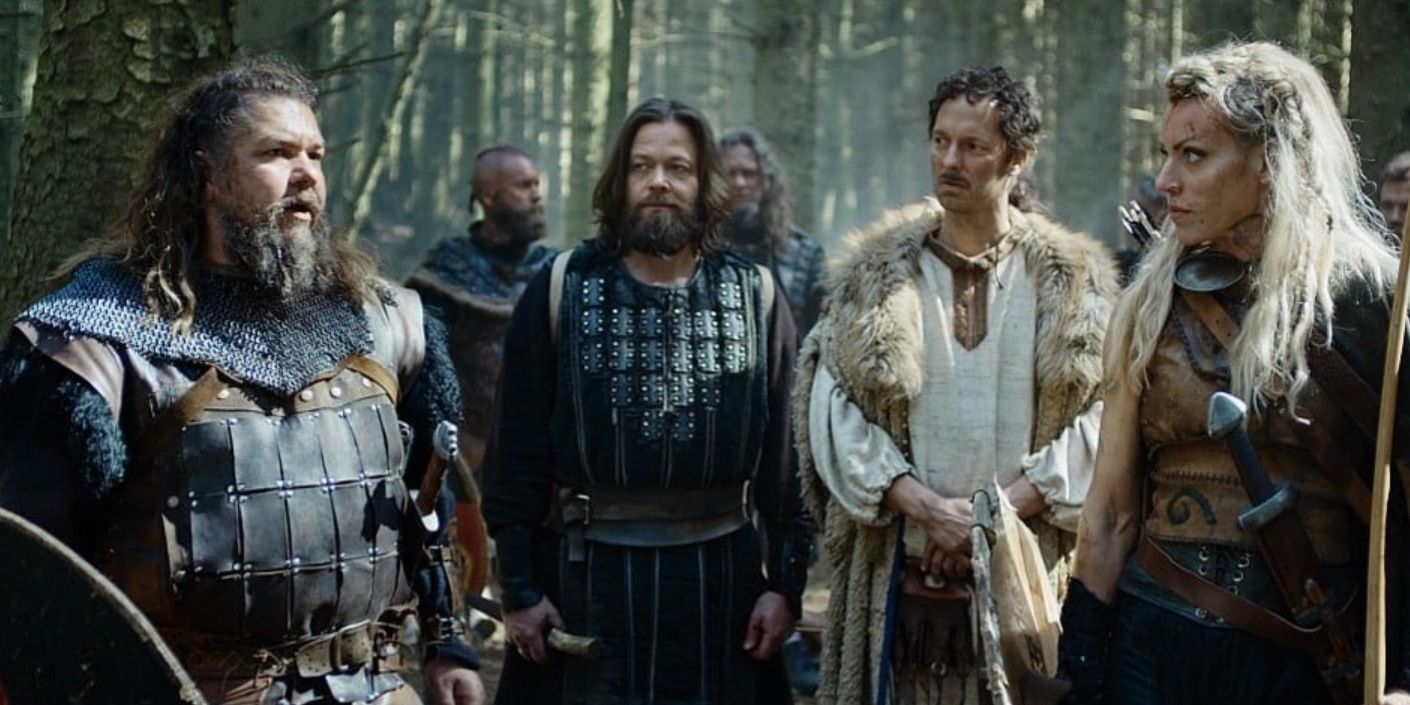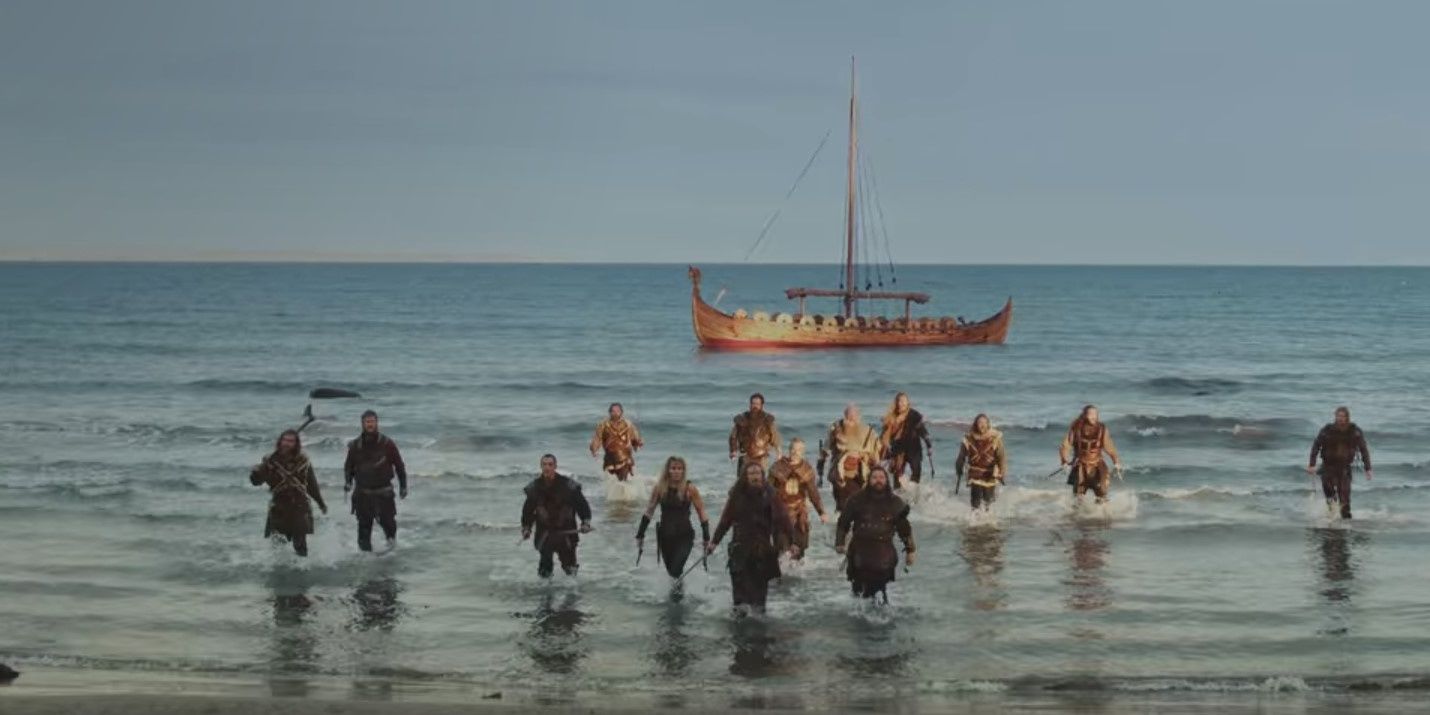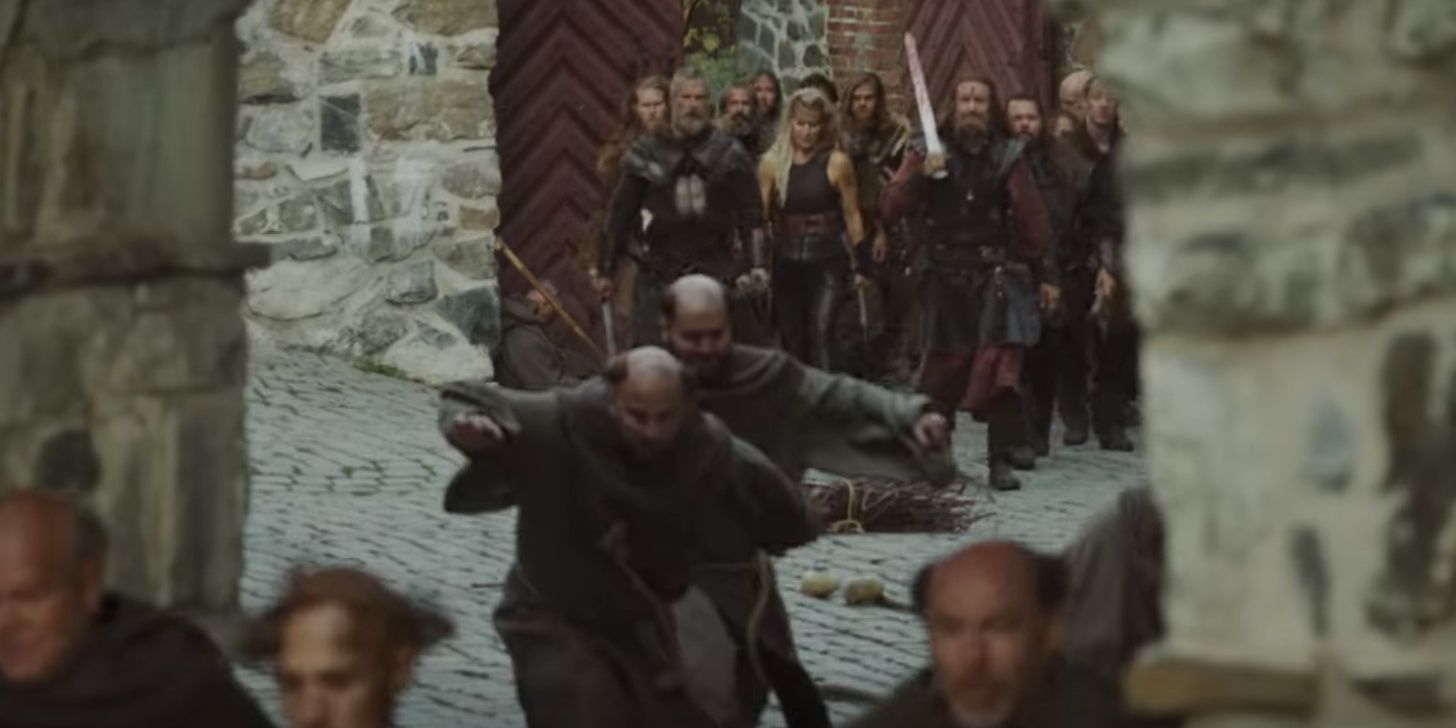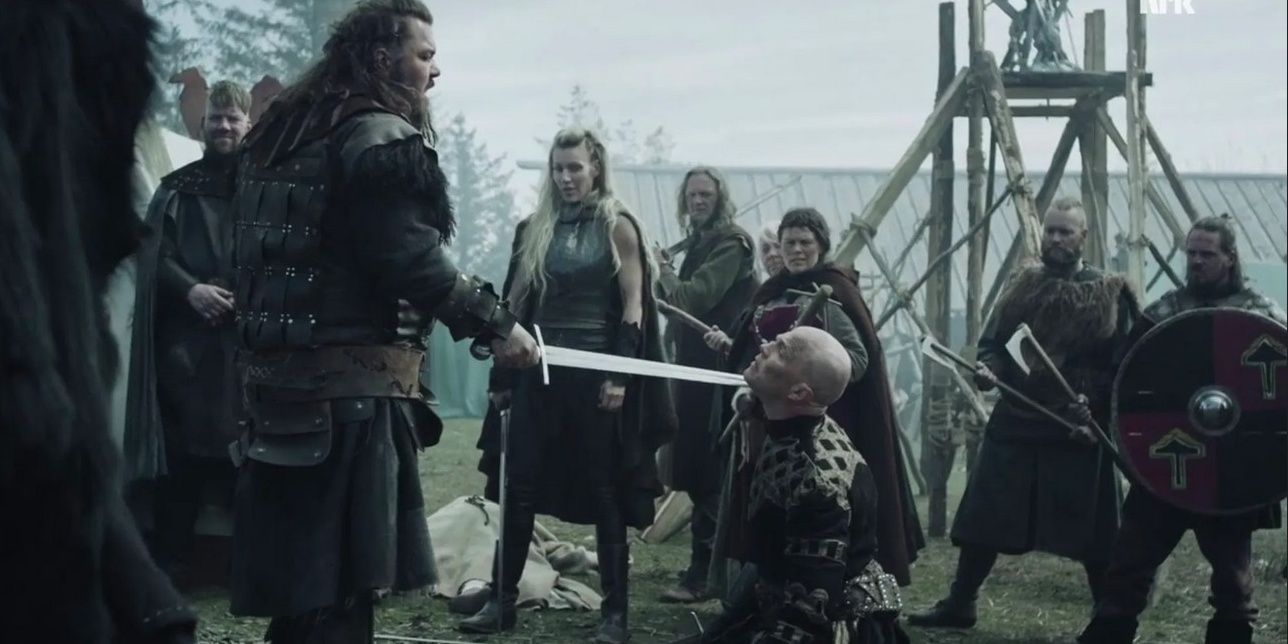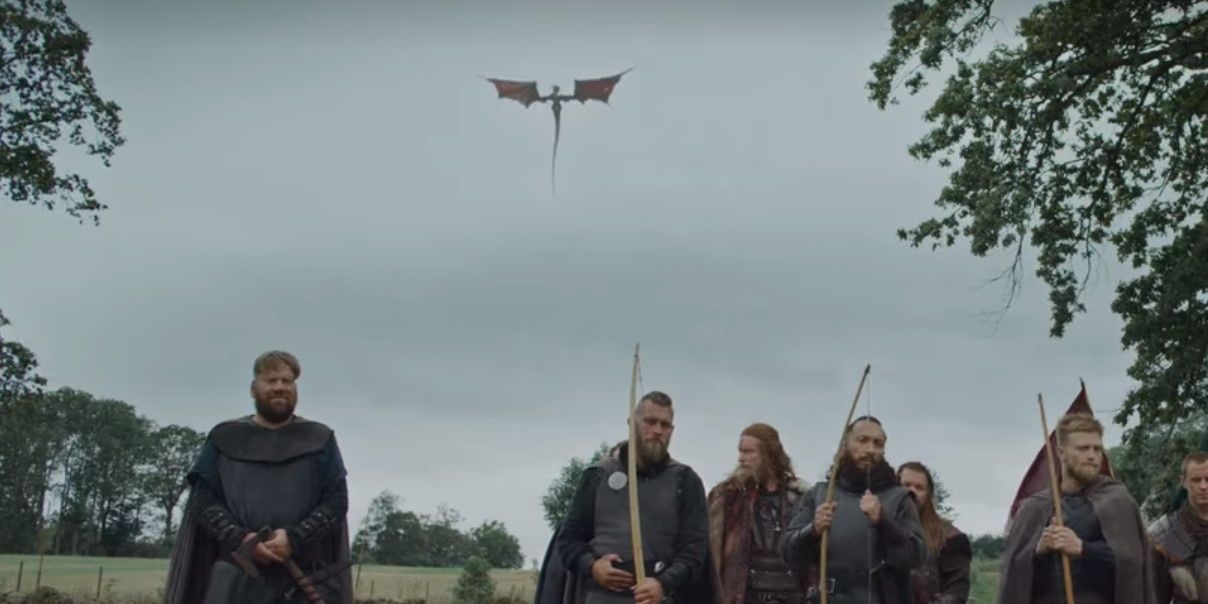Vikings are awesome. This is just an objective fact of life. It also explains why the first episode of Norsemen had one million viewers in Norway upon its debut (keeping in mind that Norway only has five million people altogether).
This comedy series about the lives Norsemen in the Viking Age has carved its way into the hearts of millions with the same unstoppable force as a berserker's blade. The show is also fairly true to history--something that cannot be said of far too many many shows about vikings. Of course, for everything that is historically accurate, there are also a handful of areas where it falls short.
Accurate: Ships
The ships in Norsemen are amazingly well done. Everything from their size to the straked planks along their sides is in keeping with Norse shipbuilding technology and trends from the time period.
In fact, the engineering of a viking longship has been likened to such breathtaking achievements as the Gothic architecture that created the Notre Dame Cathedral. To convey this technological genius to modern audiences, many modern films and shows will try to make the ships far bigger than they really were. Thankfully, Norsemen has chosen to let the truth speak for itself.
Not: Weddings
There is a wedding feast in the third season of Norsemen in which Chieftain Olav's younger brother, Orm, marries the shieldmaiden Frøya. Several aspects of the wedding include Orm wearing a white version of his usual costume (in emulation of modern wedding dresses), gift-giving, and the married couple killing a slave to perform a blót (blood sacrifice).
Tragically, the details of Norse wedding ceremonies in the Viking Age have been lost. Some elements can be reconstructed, but mostly it is just guesswork.
Accurate: Holmgang
In the first season, the warrior Arvid challenges a wealthy farmer to holmgang (a duel), explaining that he respects the farmer, but wants to claim the man's lands, house, and wife for himself. The next day, the two face off in a circle, equipped with weapons and shields. Arvid easily kills the farmer, gaining the man's property.
There were a few ways holmgang could be fought, but it almost always involved two men with shields and blades in a circle. Each man tried to either push his opponent out of the circle or else kill him. Holmgang was frequently declared after a particularly egregious insult was given, but sometimes a warrior (usually a berserker) would slay a farmer and seize his property for no other reason than because he could.
Not: Founding of Iceland
In the third season, one of the characters mentions having family in Iceland. The first Norse settlers came to Iceland in the 870s. More and more people came to escape the reign of King Harald Fairhair, who famously unified Norway but was a viciously oppressive leader.
Details in the show reveal that it probably takes place during the 790s (more on that later). As such, Iceland would not be settled in this case.
Accurate: Rune-Carving
Many of the jokes and references involve things being carved in stone or wood. In fact, there is a lore-keeper in the first season who has whole records in a personal library of wooden sticks carved with important information. Other people record poems, proclamations, or dirty jokes on wooden staves.
While the vikings almost certainly did not have libraries and were a mostly oral society, what they wrote was usually recorded on wooden staves. The decomposition of wood over time means most of these have been lost, but a few have been preserved and unearthed by archaeologists..
Not: Armor
Most vikings wore chainmail and an iron helm, if they wore armor at all. But the people who made Norsemen opted for a different tact: generic leather fantasy armor.
This just is not something that existed, despite almost every TV show and movie about vikings having this kind of armor. It is laughably inaccurate, even if the show's creators never intended this as a joke.
Accurate: Raids
A major feature of the show is raiding. The opening scene features the characters returning from a raid, and the final season (so far) culminates with the most famous viking raid in history.
Most stories about vikings tend to look at other aspects like major battles, feuds, or religious conversion, since it is hard for modern audiences to sympathize with the sheer brutality committed during viking raids. Norsemen takes a different approach, using the blood-red carnage as inspiration for its black humor.
Not: Discovery of England
In 793 CE, the Abbey of Lindisfarne was sacked by vikings in their dragon-prowed longships. Historians mark this as the start of the Viking Age.
Season 3--a prequel to the rest of the show--ends with the sacking of Lindisfarne, presented as the first action undertaken upon the "discovery" of England. The problem with this is that Norse ships landed in England six years before. That said, this is still an impressive attention to detail.
Accurate: Weapons
Most comedy shows are atrocious at the details of combat. This is particularly true of anything with a historical setting older than the American Revolution. Surprisingly, Norsemen is really good at the details of weapons, as characters competently wield their longswords, roundshields, and axes.
Most of the finer details of how these weapons were used is guesswork, since the vikings never recorded any fencing manuals, but even here, the characters fight in a manner that is believable. Too bad their armor was not given the same treatment.
Not: Dragons
Hopefully, this is not a surprise to anyone, but dragons do not exist, and while the vikings had dragon prows on their longships, no viking ever tried to summon a winged dragon into battle.
Despite this, the character of Varg recruits a woman to summon a dragon to fight for him. And she does. A literal winged dragon. After Varg impatiently kills the woman, the dragon flies away. There is a clear distinction between historical fiction and fantasy, and in that single moment, the show's creators torched it in dragon fire.

